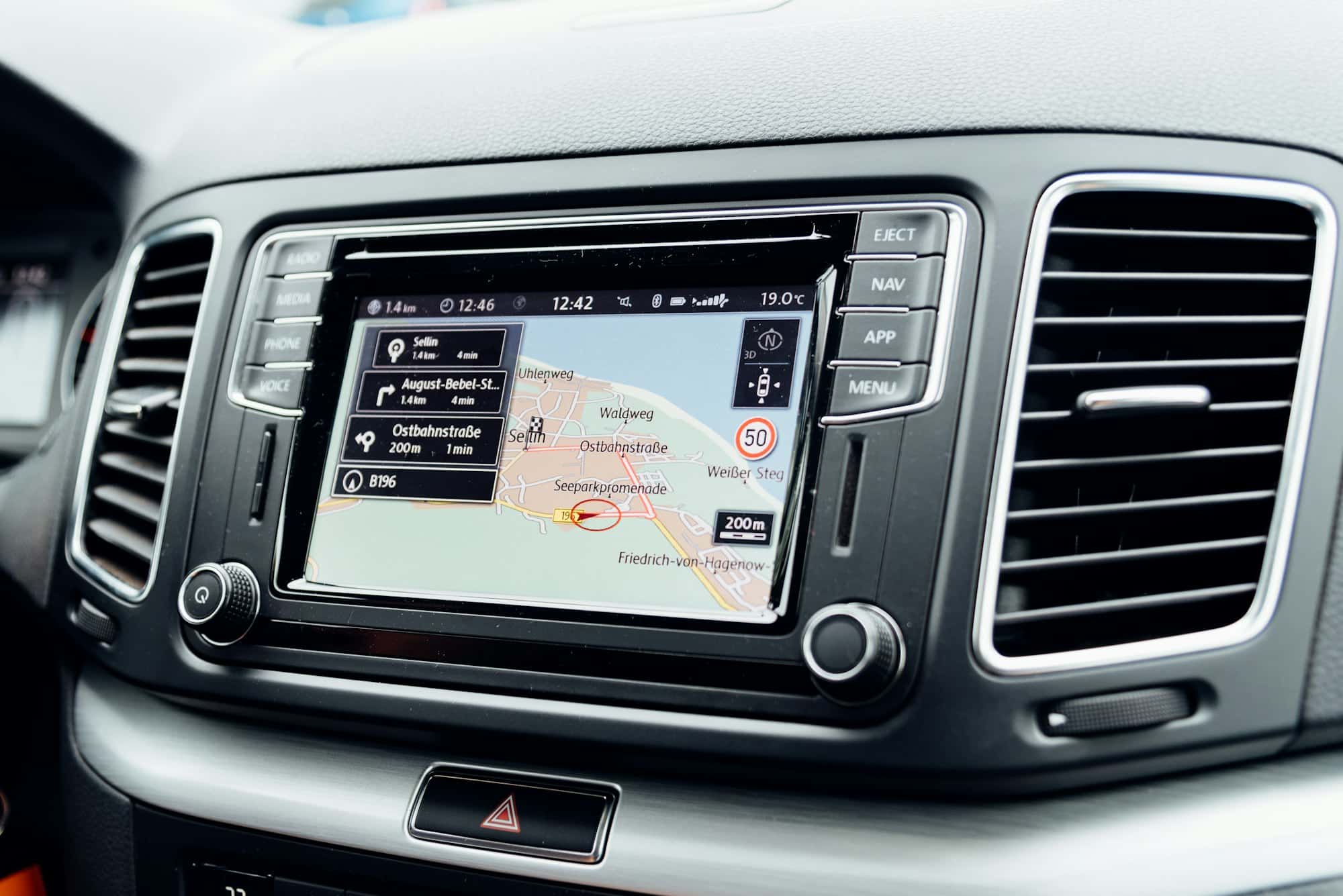In a world where technology is rapidly becoming a part of everyday life, it’s hardly surprising that it is making its way into the world of sports. Just as skiers can use a GPS wearable to monitor their speed and acceleration down a run, horse riders can now use similar technology to enhance their training. This article will delve into the potential benefits of GPS wearables in endurance horse racing, and how they can provide significant data for performance analysis.
Harnessing technology for training horses
The first area we’ll explore is how GPS wearables can be used in the training of horses. Just like humans, horses require tailored training regimens to enhance their speed and performance. The challenge has always been quantifying this training in a way that can be easily understood and utilized.
This might interest you : What’s the Role of Psychological Skills Training in Improving Accuracy for Archers?
Enter GPS wearables: these devices can be securely attached to the horse’s tack during training sessions. These devices can provide real-time data on the horse’s speed, distance covered, and even heart rate. With this data, trainers can study the horse’s performance during each segment of the training session, such as the warm-up, the workout, and the cool-down.
By studying these patterns over time, trainers can identify areas where the horse excels, as well as areas that may need improvement. For example, if a horse consistently slows down after a specific distance, the trainer may decide to focus on improving the horse’s endurance.
Also read : How Can Triathletes Balance Intense Training with Full-Time Employment?
Riders and Wearables
While the horse’s performance is vital, it’s important to remember that endurance horse racing is a team sport. The rider’s skills, reactions, and techniques also play a massive role in the overall performance. Thankfully, GPS wearables are as useful for riders as they are for horses.
Just as skiers wear GPS devices to monitor their speed and acceleration, riders can use these devices to monitor their own performance. By analyzing data such as the speed of their transitions, their balance, and even their posture, riders can gain valuable insights into their technique.
This kind of self-study can help riders identify their strengths and weaknesses, allowing them to focus their training where it’s most needed. For example, a rider who struggles with maintaining a consistent speed could use data from a GPS wearable to focus on improving this area.
Bridging the gap with data analysis
The introduction of GPS wearables in endurance horse racing can provide a wealth of data. However, this data is only as useful as the analysis applied to it. The challenge, then, is to turn the raw data into actionable intelligence.
This is where technology really shines. Advanced data analysis software can take the raw data from the GPS wearables and turn it into comprehensive reports. These reports can show trends, pinpoint areas of improvement, and even predict future performance based on past data.
This kind of analysis can be particularly useful in a sport like endurance horse racing, where the performance is judged over long distances and extended periods. By analyzing the data, trainers and riders can gain a much clearer picture of their performance and make informed decisions about their training regimen.
The Future of Horse Racing
The implementation of GPS wearables in endurance horse racing is still relatively new, but it’s clear that the potential benefits are enormous. These devices can provide invaluable data on the horse’s performance, the rider’s technique, and the effectiveness of their training regimen.
As with any new technology, it will take time for GPS wearables to become fully integrated into the sport. However, as more trainers and riders begin to see the benefits of this technology, it’s likely that it will become a standard part of endurance horse racing.
The horse racing industry has always been one that values tradition and history, but it is also a sport that continually evolves. With the advent of GPS wearable technology, it’s clear that the future of horse racing is one that embraces both tradition and innovation. After all, a horse and rider can only be as good as the training that prepares them for the race. And with GPS wearables, that training has the potential to be more precise, more tailored, and more effective than ever before.
Real Time Performance Assessment: The Key Advantage of GPS Wearables
One of the significant benefits of GPS wearables in endurance horse racing is the ability to get real-time performance updates. This advantage is much like how skiers use technology to monitor their speed, acceleration and position on a run. GPS wearables are not just about collecting data, they are also about analyzing it in real time.
In horse riding, these devices can offer real-time insights into a horse’s speed, distance covered and heart rate. During training sessions, this data enables trainers to adjust their strategies on the go. For instance, if a horse’s heart rate is too high, trainers can slow down the pace to prevent overworking the horse. Similarly, if the horse is not reaching its target speed, the trainer can increase the intensity of the workout.
Moreover, riders can use GPS wearables to monitor their movements on the horizontal plane. The information from these devices assists in perfecting their balance and posture. For example, if a rider tends to lean too much to one side, the wearable tech can provide feedback, allowing the rider to correct their stance in real time.
Additionally, the devices can track the rider’s transitions and provide feedback to improve their speed and fluidity. For instance, if the rider struggles to maintain a consistent speed, the real-time data from the GPS wearable can help them address this issue during the training session, rather than waiting until the session is over.
Smart Saddles and Other Innovative Wearable Tech
In addition to wearables for the horse and rider, technology companies are developing innovative products like smart saddles, which are another form of wearable tech for horse racing. These devices can monitor movements on the horizontal plane and provide feedback on the horse’s balance.
The smart saddles can also track the pressure applied by the rider, revealing whether the horse rider is applying too much or too little force. This data can be used to adjust the rider’s technique, enhancing their horse riding skills and improving the horse’s performance.
These advancements in wearable tech for horse riding, are not confined to GPS devices and smart saddles. Innovations such as virtual reality are also being used to simulate cross-country skiing and other horse riding scenarios. The blend of real-time data and simulated experiences can prepare horses and riders for a variety of racing conditions, enhancing their adaptability and improving their overall performance.
Conclusion
The incorporation of GPS wearables and other technological advancements in endurance horse racing is indeed a game-changer, bridging the gap between traditional methods and modern, data-driven approaches. As more trainers, riders and even horses become comfortable with these devices, we can expect them to become an integral part of training sessions.
These devices not only provide invaluable data but also offer real-time insights that can significantly enhance the performance of both the horse and the rider. The collaboration of tradition and technology in horse racing exemplifies how sports can progress while still respecting and preserving their roots.
As we continue to innovate and explore the potential of technology in horse riding, we are inching closer to a future where data-driven strategies will coexist with traditional horse training methods, leading to the emergence of a stronger, faster, and more resilient breed of endurance horse racers.






